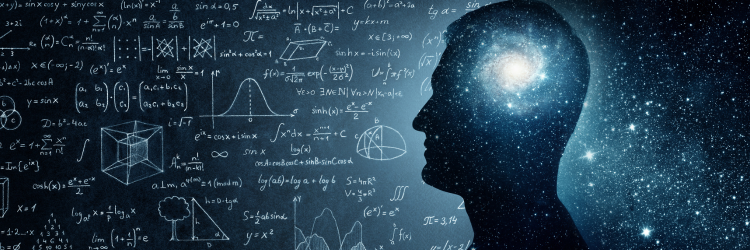Einstein, Euler, and the Edge of the Universe
There’s now a method to test Einstein’s and Euler’s theories for the accelerating expansion of the Universe and dark matter together. If you’re unfamiliar with the theories, Euler described the movements of celestial objects, and Einstein described how celestial objects distort the Universe.
With the recent discovery of dark matter and the acceleration of the Universe’s expansion, their theories have been put to the test. Researchers from the University of Geneva (UNIGE) developed the first method to test the hypotheses. It employs a never-before-used measure: time distortion. They published their results in Nature Astronomy.
Euler’s equation gave scientists a powerful tool for calculating the movements of galaxies in the Universe. Einstein’s theory of general relatively demonstrated that the Universe is not a static framework: it can be distorted by star clusters and galaxies. In the past, scientists have tested both, but the discovery of the acceleration of the Universe’s expansion and the existence of invisible dark matter, have not been tested. Do these obey the equations of Einstein and Euler?
The researchers present a mathematical method for solving this problem. Until now, researchers could not differentiate between the validity of these two equations at the very edge of the Universe because they did not have the measurement of time distortion. They developed a method for accessing this additional measurement, and it’s a first.
If the time distortion is not equal to the sum of time and space, it means that Einstein’s model does not work. If the time distortion does not correspond to the speed of the galaxies calculated with the Euler equation, Euler’s work is invalid.
The results will make a crucial contribution to several missions trying to determine the origin of the accelerated expansion of the Universe and the nature of dark matter. The new method will be used in the different missions. So far, the research team successfully tested its model on synthetic catalogs of galaxies.

